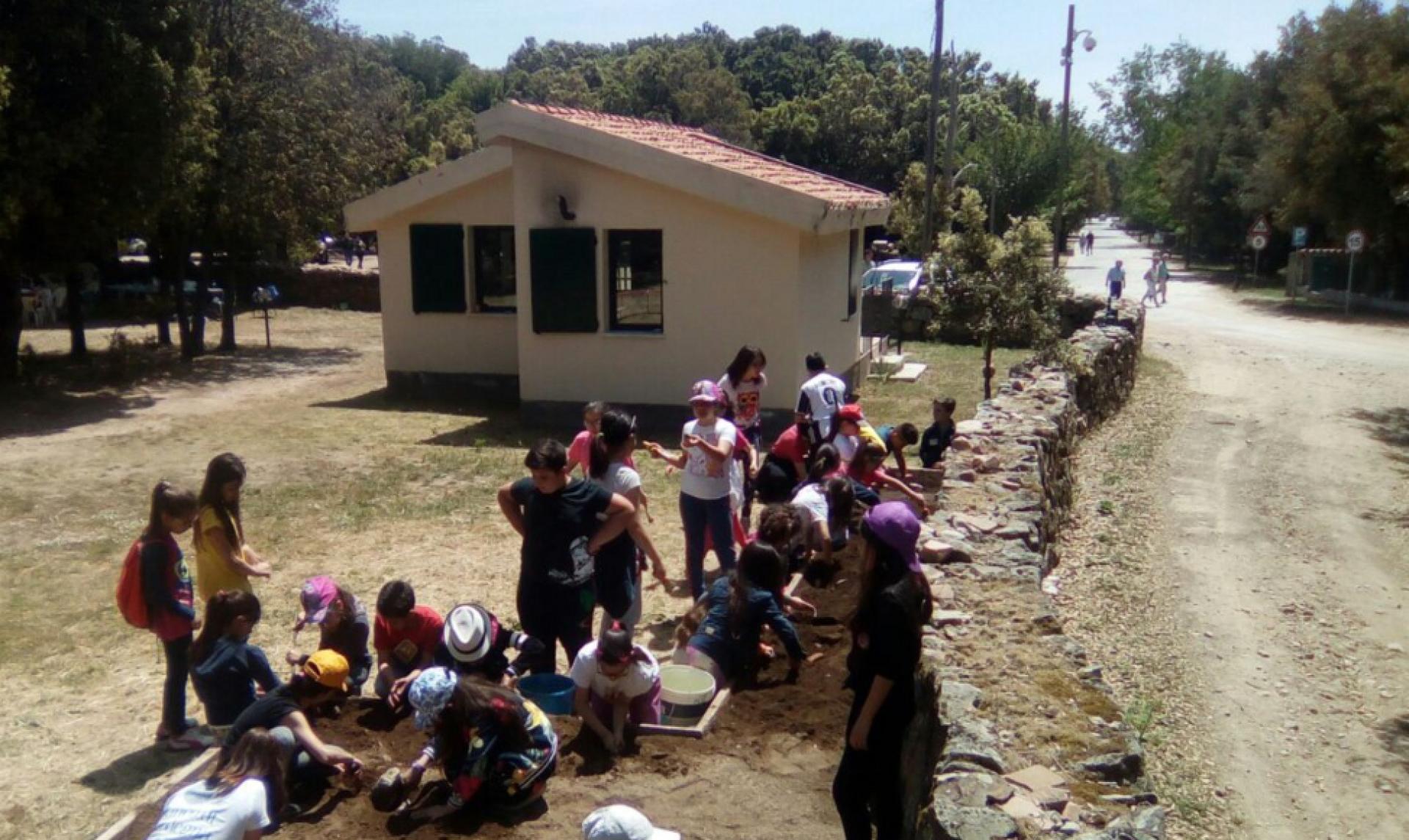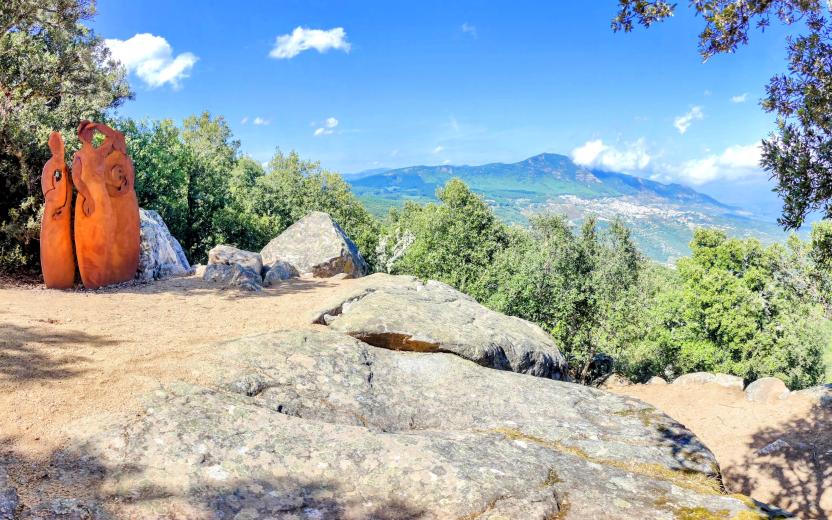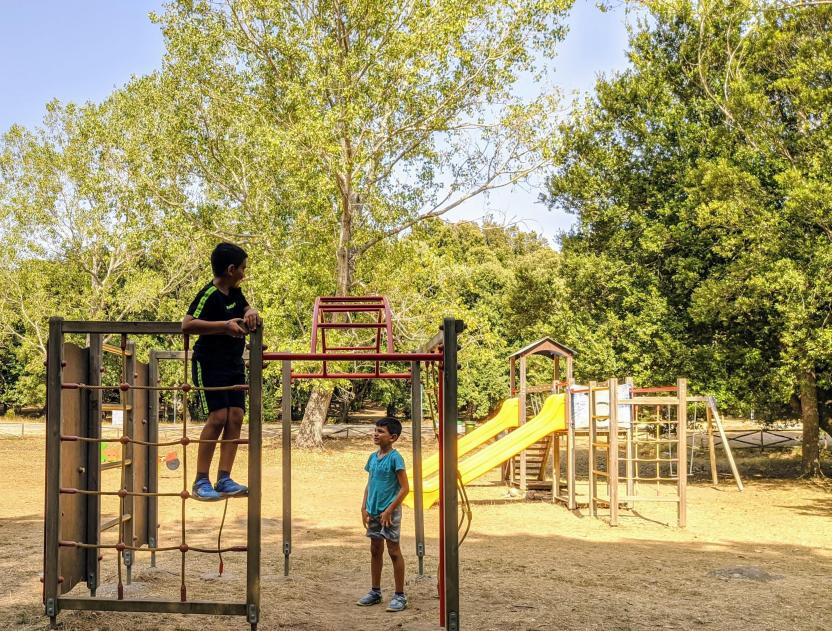The Nuragic complex of Seleni develops in the homonymous forest, overlooking the town of Lanusei at an altitude of 978 meters, in an environmental setting characterized by a dense covering of holm oaks, downy oaks, chestnut trees, and poplars. The notable archaeological interest is given by the uncommon concentration of defense and territory control structures, civil structures, monuments erected as a function of memory and celebration of the deceased, and cult. This richness, combined with the precious natural environment, justifies the designation of "Archaeological Park."
The site, in its currently visitable part, consists of two giant's tombs and a Nuragic village that includes the remains of a complex nuraghe and some huts.
But the Seleni area also preserves the remains of buildings dedicated to worship (3 sacred wells) and a residential area of about 200 huts that has not yet been involved in excavations. It is not risky to assume that the Seleni plain and its immediate surroundings – such as the area called Perd'e Froris, where furnaces for metal smelting were found – were entirely inhabited, and that the settlement was of great importance for the entire area. This is confirmed by the findings of objects from the Near East, testimony of contacts with distant cultures, and the longevity of the site, which spans from the Middle Bronze Age (15th century BC) to the Iron Age (6th century BC).







